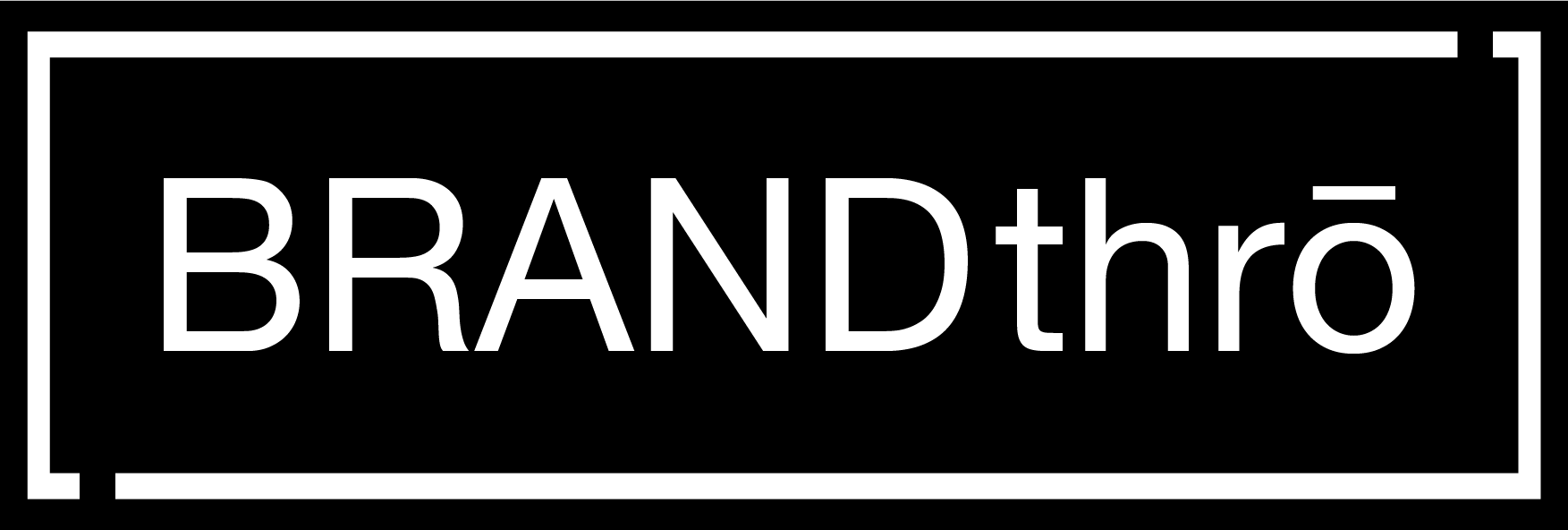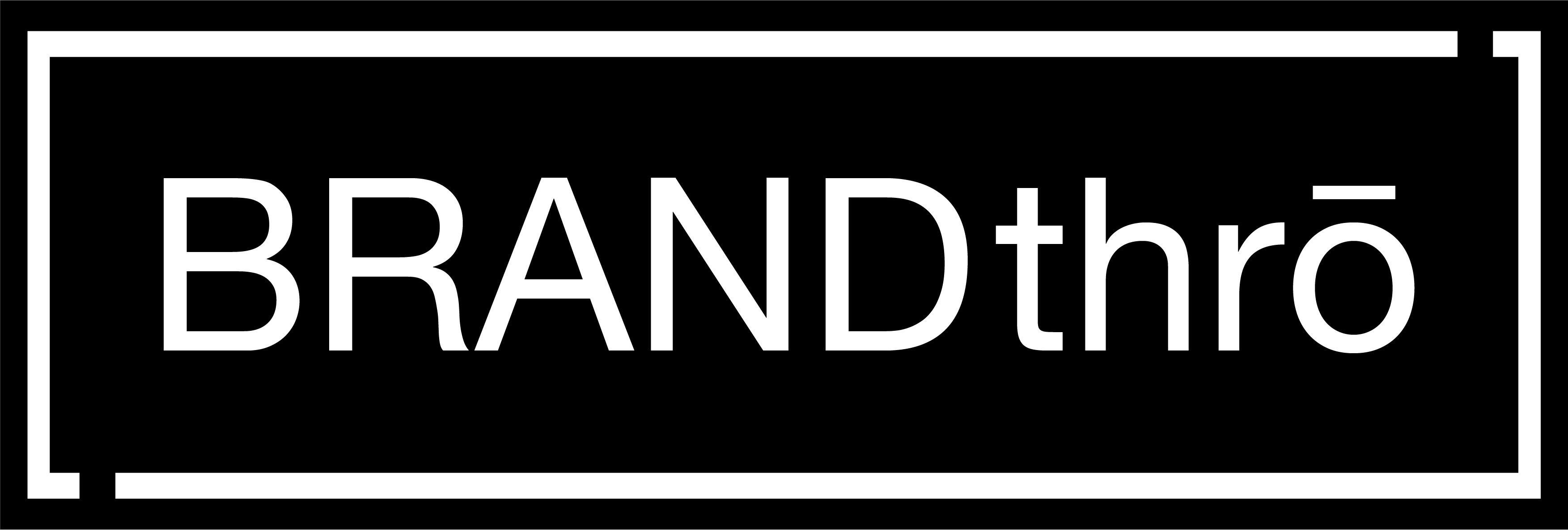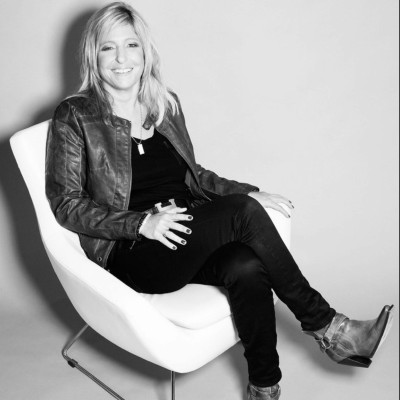A Conversation With CARE CMO Monica Rowe

Monica Rowe On Marketing + Brand Building Through A Lens Of Humanity, Empathy + Caring
In the difficult times we are living in, purpose has taken on new meaning in leading organizations across the world. As a result, companies are working to find more meaningful ways to better meet the emerging needs of key stakeholders across a wide array of issues, with more empathy. Visionary leaders in the nonprofit space, who have always been driven by a focus on helping others, are concurrently hard at work looking at new and innovative means of transforming while attracting new donors and partners.
To stay abreast of these emerging trends, which should be of importance to all organizations and their leadership, I thought it would be great to sit down with one of the top leaders in the nonprofit space today to discuss the latest trends in marketing in the sector. Monica Rowe is CMO of CARE. She is a marketing innovator with decades of experience that cuts across both the nonprofit and for profit worlds having worked at leading organizations such as the One Love Foundation, Eileen Fisher, Bath & Body Works and Sephora. Following is a recap of our conversation:
Billee Howard: Tell me about your latest role and the pivots you’ve had to make from traditional marketing to deal with the complexities of marketing for a nonprofit?
Monica Rowe: As Chief Marketing Officer of CARE, one of the largest NGOs in the world, I like to tell people that my job is to market humanity, empathy and caring. For nearly 80 years, CARE has been working around the globe to save lives, defeat poverty, and achieve social justice. Currently working in nearly 110 countries with more than 7,000 staff, CARE is redefining international aid and development and working to create, implement and scale the most powerful solutions to local challenges around the world.
We also continuously redefine how to market an ever evolving organization like CARE. Every day our team of talented marketers strategizes about how we get people to care about people half a world away who are living in poverty, facing hunger, or living through conflict.
We’re constantly working to balance the application of traditional and modern marketing methods to drive awareness and engagement. In the digital space, CARE is one of Meta’s Global Strategic Partners. For three years we’ve worked with Meta to experiment with social media as a modality for achieving social and behavioral change (SBC) goals through communications campaigns.
Through this partnership, CARE has run more than 60 SBC campaigns in 25 countries. We have driven shifts in COVID prevention behaviors, vaccine acceptance, early childhood immunization, maternal health education, and attitudes towards gender-based violence. CARE also won a Shorty Award for our partnership with WhatsApp and Turn.io to create a chat service that enabled us to communicate with the CARE-Kabul team when the U.S. pulled out of Afghanistan. In less than five days, our teams went from waiting for responses to individual emails that were slow due to time zone differences and the sheer volume of messages to having real-time access to critical information, answers to frequently asked questions, and vital life-saving resources right at their fingertips.
Howard: The nonprofit space is in a period of transformation, very much akin to that of the private sector. Business transformation has required the breaking down of silos and an appetite for senior leaders to be more collaborative and do things differently. What are your thoughts and how is this playing out at CARE?
Rowe: Transformation is impossible unless your house is in order. First, prioritize your team. My leadership philosophy is guided by my three P system: People, Process, and Possibilities. If you prioritize people, build a high-performing team and process, you can achieve any possibility imaginable. Second, gaining organizational alignment is a must. Once your foundation is solid, in order for transformation to blossom, you need alignment. Anyone can have a transformational idea but if there is no alignment across the organization, it will fail.
I am working on a brand refresh for CARE that is set to launch in 2024. I’ve spent the majority of the last year gaining alignment across the organization to help people understand the difference between branding and marketing. Why? Because, while NGOs don’t typically invest in branding, brand relevancy is always top-of-mind among leadership. One meeting at a time we worked to break down silos by practicing the art of listening. By gaining critical insight we utilized both internal and external intelligence to create a connective tissue that better aligns fundraising, advocacy, and programming with our branding efforts.
With this hard won alignment we can now introduce a refreshed CARE brand and tell a new story about who we aim to become over the next 80 years – the most dynamic, diverse, and largest network of organizations and individuals in the world fighting poverty and standing in solidarity with those in crisis.
Howard: Talk to me about the importance of human-led innovation in the NGO space and the recent decolonization exercise you completed, including the why and the outputs of the work?
Rowe: At CARE, we hold our ethical storytelling to the highest standards. When we are telling stories through the lens of our program participants who have been historically marginalized, we must do so with a collective voice, a collaborative spirit, and be faithful stewards of the voices and stories entrusted to us.
Gone are the days where NGO’s told stories of extreme struggle, pain and suffering that drove shock value. That is a colonial mindset that still lingers in the sector. That approach robs people of their dignity, humanity and agency. Instead, CARE tells stories that show locally led solutions from within the communities where we work, that demonstrate local drive, skill, creativity and resilience. In a crisis, whether we are responding to some of the world’s biggest disasters like the Türkiye-Syria earthquake or the conflict in Israel, West Bank, and Gaza – we really must work hard to be a truthful witness to that real-time crisis. Do we get it right all the time, absolutely not. But, my number one guiding principle is to always lead with honesty, empathy and compassion for others.
Howard: Tell me more about trends to look out for in the space in 2024. Anything critical to think about in general/examine post Davos?
Rowe: There are so many new technologies and trends on the horizon, but I am closely aligning myself with three key themes. The first is Artificial Intelligence and new emerging technologies. Like all marketers, we are learning how new technologies will change how we work. For us it is an exciting opportunity to debate, test the waters, and adapt. While at the same time working to understand the ethics of how and when these technologies should or shouldn’t be applied.
I am also thinking a lot about localized storytelling. CARE is privileged to have access to a wealth of rich human stories and experiences – each representing culture, diversity and each a window into the souls of humans whose lives represent courage, resilience, love, and hope. We work alongside people who live in communities often impacted by prolonged poverty and conflict. Nuanced human-centered stories help our readers understand the stark reality of those situations, global needs, and potentially the role they themselves can play to make a real difference in these communities’ lives.
Lastly, digital innovation is a strategic imperative. I’m most excited about the work CARE is doing around driving transformative change among some of the world’s most vulnerable populations through digital inclusion. In a new program launching in March, The Women in the Digital Economy (Wi-DEF) will shift the trajectory of digital ecosystems so that women and other marginalized populations have equitable access to safe, affordable, and meaningful online participation.





